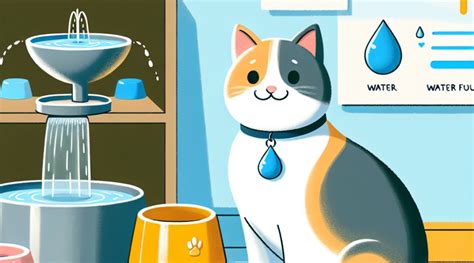Introduction

Cat doors are a popular and convenient way to allow your feline companion to come and go as they please. However, like any other pet product, cat doors require regular maintenance to ensure they function properly and provide your pet with safe and reliable access. This comprehensive guide will provide you with step-by-step instructions on how to maintain and troubleshoot your cat door, helping you avoid common issues and extend its lifespan.
Essential Maintenance for a Smooth-Operating Cat Door
- Regular Cleaning:
- Frequency: Every 1-2 months
- Why it Matters: Dirt, dust, and debris can accumulate on the door flap and frame, causing it to stick or malfunction.
-
How to Do It:
- Remove any visible dirt or debris with a soft cloth or brush.
- Use a mild soap solution to gently clean the flap and frame.
- Rinse thoroughly with water and dry with a clean cloth.
- Lubrication:
- Frequency: Every 6-12 months
- Why it Matters: Lubricating the door’s hinges and moving parts reduces friction and improves its operation.
-
How to Do It:
- Apply a few drops of pet-safe lubricant to the hinges and any other moving parts.
- Avoid using oil, as it can attract dirt and debris.
- Inspection:
- Frequency: Monthly
- Why it Matters: Regular inspections allow you to identify any potential issues before they become major problems.
-
How to Do It:
- Check the door flap for any tears or damage.
- Inspect the frame for loose screws or cracks.
- Test the door’s operation by opening and closing it several times.
Troubleshooting Common Cat Door Issues
Problem: The cat door flap is sticking.
-
Possible Causes:
- Buildup of dirt and debris
- Lack of lubrication
- Warped or damaged door flap
-
Solutions:
- Clean the door flap and frame thoroughly.
- Lubricate the door’s hinges and moving parts.
- If the door flap is damaged, consider replacing it.
Problem: The cat door is allowing unwanted entry (e.g., other animals, pests).
-
Possible Causes:
- The door is not properly installed
- The door flap is too large for the pet
- The door is not equipped with a locking mechanism
-
Solutions:
- Ensure the door is installed at the correct height for your pet.
- Check the door flap’s size and replace it if necessary.
- Install a locking mechanism for added security.
Problem: The cat door flap is not closing properly.
-
Possible Causes:
- The door flap is not aligned correctly
- The door flap’s springs are weak
- The door frame is warped
-
Solutions:
- Realign the door flap and frame.
- Replace the door flap’s springs if they are worn out.
- If the door frame is warped, consider replacing the entire door.
Problem: The cat door is making noise.
-
Possible Causes:
- The door’s hinges or moving parts need lubrication
- The door flap is rubbing against the frame
- The door is not properly installed
-
Solutions:
- Lubricate the door’s hinges and moving parts.
- Check the door flap’s alignment and adjust if necessary.
- Ensure the door is installed securely and level.
Extended Cat Door Maintenance Tips
Apart from the essential maintenance tasks, consider these additional tips to maximize your cat door’s performance:
- Use high-quality cat doors: Invest in a durable and well-made cat door to ensure long-term reliability.
- Install the door in a sheltered area: Protect the door from direct sunlight and extreme weather conditions to prevent premature wear and tear.
- Monitor your pet’s use of the door: Observe your cat’s behavior around the door to identify any potential issues or concerns.
- Replace the door when necessary: If your cat door is damaged or beyond repair, consider replacing it to avoid safety hazards.
Conclusion
By following these comprehensive maintenance and troubleshooting guidelines, you can ensure your cat door provides your furry friend with safe, reliable, and enjoyable access to the outdoors. Remember, regular maintenance is key to preventing issues and extending the life of your cat door, providing your cat with the freedom and convenience they deserve.





















